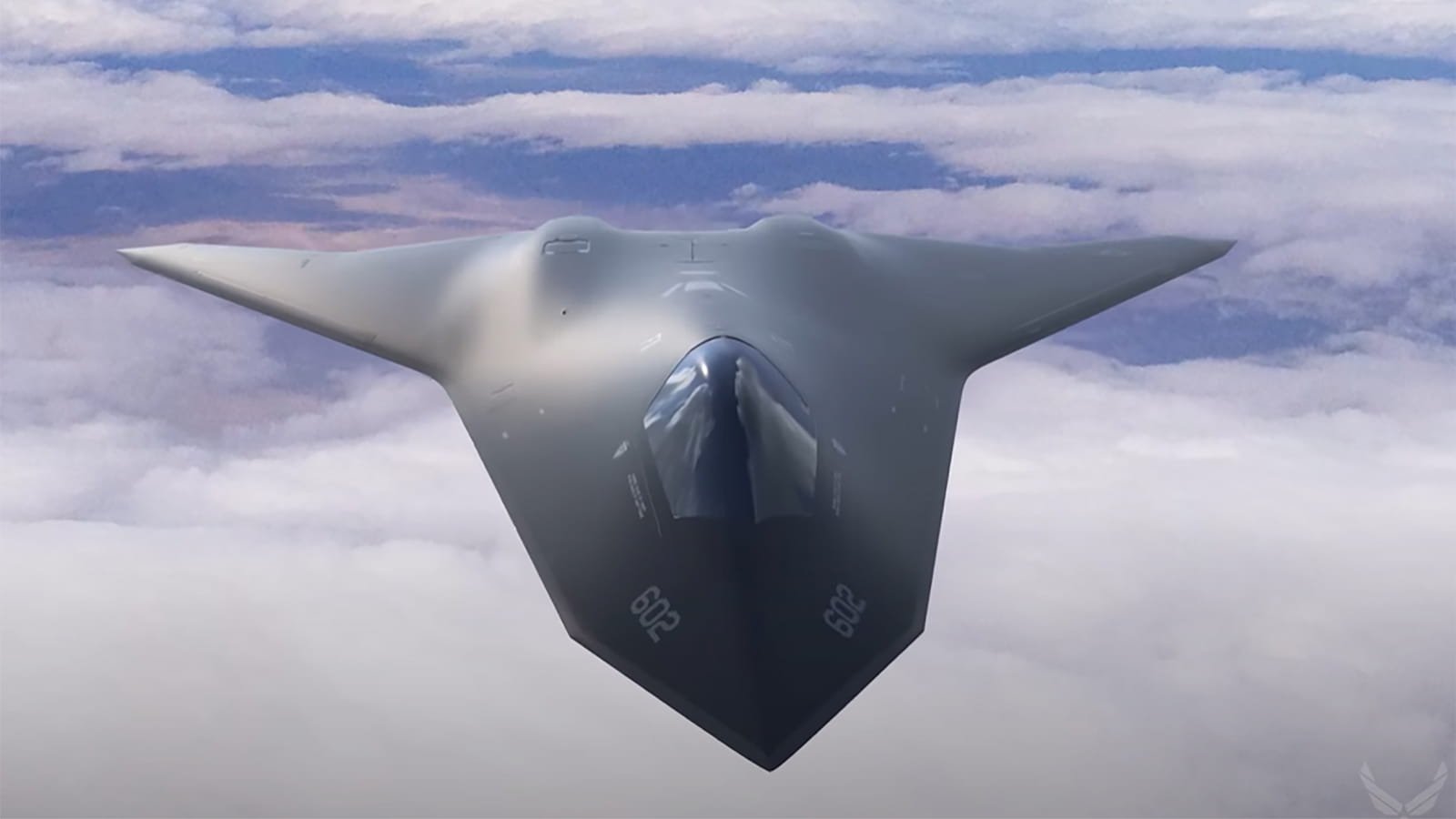American aerospace manufacturer Pratt & Whitney has announced it is advancing toward ground tests of its new Next-Generation Adaptive Propulsion prototype.
On Monday, the aerospace company said it had successfully completed a crucial assessment that moves it toward the design review stage and eventual early tests of its new engine prototype, which are expected to begin before the end of the decade.
“The team is now working towards ground testing of its NGAP prototype, referred to as XA103,” read a statement that appeared on the company’s website.
Next-Generation Adaptive Propulsion (NGAP) describes an engine the U.S. Air Force ultimately hopes will power its fighter craft under its Next Generation Air Dominance (NGAD) as part of its sixth-generation air superiority initiative launched in 2014.
Leveraging NGAP technologies will improve speed, power, fuel efficiency, thermal management, and overall survivability while remaining capable of being housed within virtually any airframe design.
Currently, General Electric (GE) is also competing with Pratt & Whitney in the construction of NGAP engine designs capable of meeting the USAF’s needs.
Jill Albertelli, president of Pratt & Whitney’s Military Engines business, said on Monday that the company is “embracing digital transformation with NGAP” and changing its developmental process in order to meet the demand for rapid and effective delivery of the new XA103 engine prototype.
“This technology is critical to maintaining air superiority,” Albertelli said in a statement, adding that the company has invested in multiple areas of research, development, and manufacturing to help facilitate the production of NGAP engines.
Aiming to be operational by 2030, the NGAD fighter will replace the F-22 Raptor as the premiere air-to-air fighter in the USAF’s arsenal, meaning that tests are likely to begin no later than 2028 to ensure that current timelines are met.
Among the core elements of the USAF program is its Adaptive Engine Transition Program (AETP), which will facilitate rapid configuration changes to tailor thrust and efficiency for a variety of warfighting conditions.
“Continued government funding for sixth-generation propulsion development must remain a high priority,” Albertelli said on Monday, “to support critical platform milestones and warfighter readiness.”
Micah Hanks is the Editor-in-Chief and Co-Founder of The Debrief. He can be reached by email at micah@thedebrief.org. Follow his work at micahhanks.com and on X: @MicahHanks.

